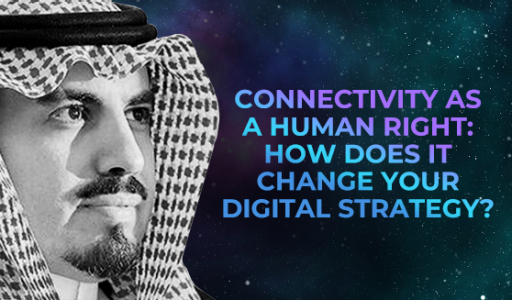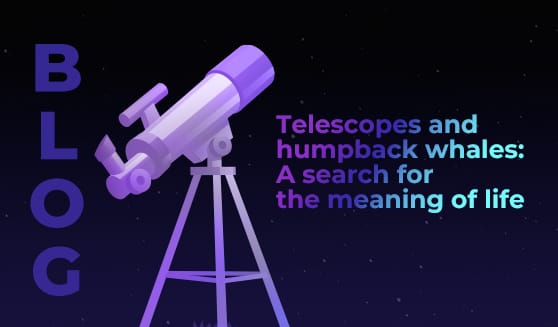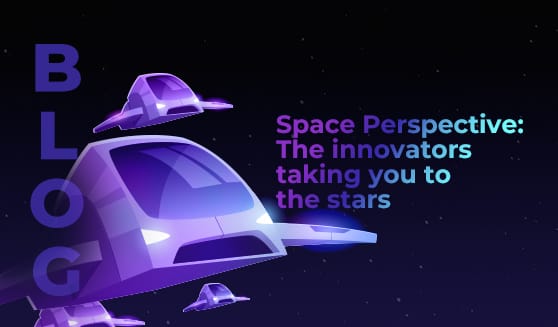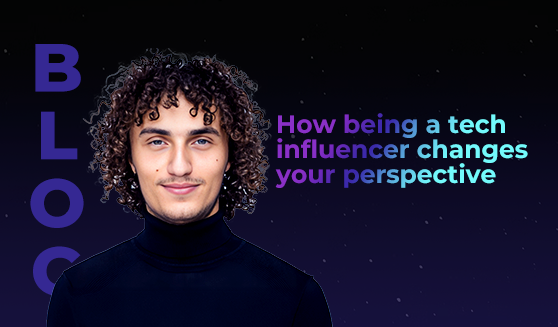
During his keynote at #LEAP22, Mazen Al Dawood (SVP of Corporate Strategy, Business Planning and Partnerships at Mobily) mentioned a recent survey that asked families in Saudi Arabia what was most important to them before they moved into a new house. Most said that their number one priority was to make sure there was an internet connection.
So, Al Dawood said, “we believe that in the hierarchy of human needs, internet connectivity has become one of the fundamental things to be covered.”
Instead of a luxury or a nice-to-have, connectivity has become a human right. This message is echoed across global organisations, from the United Nations to the World Wide Web Foundation. Love him or hate him, Mark Zuckerberg has been arguing that connectivity is a human right for years now. And in the words of the late Nelson Mandela, “To deny people their human rights is to challenge their very humanity.”
This all provides a clear way forward from a policy perspective. Governments need to ensure that the unconnected get connected; that internet access is expanded to reach those communities and demographics that are currently unable to tap in.
But what about business strategy in the digital era? How do you create a relevant and appropriate digital strategy when you’re strategising not just for the development of a product, but for the development of something that is a basic human right?
Digital transformation is an endless journey
For Al Dawood, becoming a digital service provider isn’t something you do, and then it’s done – “it is an endless journey,” he said. “It’s about people, about business models, about legacy.”
In transitioning from a telco operator into a digital service provider, Mobily has learned a number of key lessons:
1. You have to refocus your organisation’s objectives. Digital transformation happens internally, as well as at the user endpoint – “so the strategy, end-to-end, should be leveraging digital,” Al Dawood said. Digital services are provided to the customer, solving their problems and meeting their needs; and digital tools also transform the way companies work from the inside out.
2. You have to face your legacy. An organisation doesn’t suddenly decide to shift to digital and forget everything it’s ever done before. You have to use all that you’ve learnt in previous incarnations of your business or institution and apply that knowledge to this new digital journey. What have your customers or partners always needed, or always wanted? How can new digital services continue the legacy you’ve already begun?
3. You have to enable your teams. For success in any kind of transformation, Al Dawood noted, “We bring the right talent. We empower them. And we trust them as well.” This is a crucial point: no organisation can shift into a new era, or embark on a new and unknown path, unless its teams have the skill and the freedom to do the work and take necessary risks.
4. Grow endlessly, and with grace. There’s no endpoint to digital transformation. It’ll continue for the rest of our lives and beyond. According to Al Dawood, “This should be a part of the DNA of digital transformation,” and even your KPIs should be rooted in a deeper understanding that connectivity is a human right.
The digital transformation journey can’t be just about profit, or just about becoming a market leader, because those objectives aren’t endless. It has to be about finding your organisation’s place in the movement towards connectivity, and towards connectivity as a positive service for humanity. (Phew – no pressure, then)
Gravity where gravity’s due
If this all sounds very grave and serious, that’s kind of because it is. Your organisation’s digital strategy is bigger than you: because it’s linked to the global shift to digital, and to the far-reaching implications of that for humans and our environment. It’s huge.
But to end on a lighter note, it’s also very exciting. Digital transformation makes a lot of space in our world for optimism and hope. If everyone can be connected and have access to the information and opportunities in digital spaces, then businesses, economies, sustainable technologies, and human beings in general will have new ways to collaborate and thrive.
Research suggests that 90% of the world’s population could be online by 2050. Every company’s digital strategy is a part of that – not just the companies that are increasing the reach of connectivity infrastructure, but also those that provide any kind of digital service. Because within that 90% we also have to work to build inclusivity into digital spaces – to make sure that all demographics are motivated, educated, and inspired to take advantage of digital opportunities.








